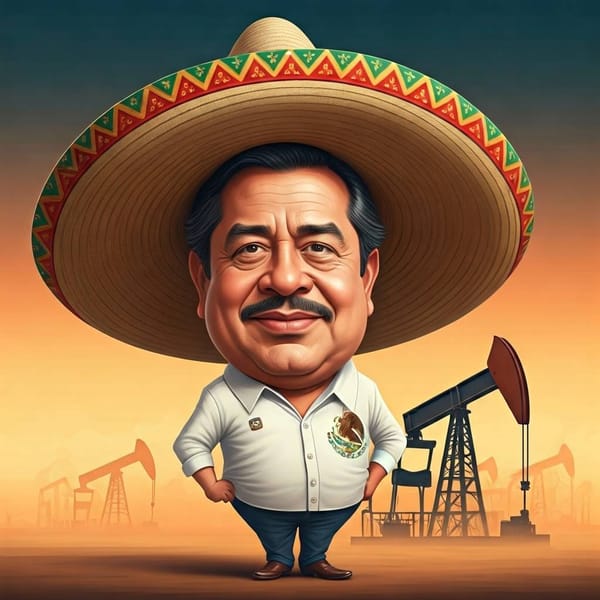Diego Rivera's work, a link that unites Mexico's past with its future through art
Diego Rivera was a creator who took Mexican art to the world. Here are all the things you should know about the famous Mexican artist and his work.

Diego Rivera was a creator who took Mexican art to the world. Here are all the things you should know about the famous Mexican artist and his work.


In Mexico's poorest areas, collective action, where communities participate in solving public problems, is crucial for effective policy. Scholar David Morales González emphasizes communication, prior evaluation, and even AI, citing successful indigenous community management.

Lázaro Cárdenas, born in 1895, rose from humble beginnings to become a pivotal figure in Mexican history. A veteran of the Mexican Revolution, he became president in 1934, implementing significant reforms including land redistribution and the nationalization of the oil industry.

Mexican scientists are developing eco-friendly batteries from recycled plastics, primarily ketchup packets. These thin, lightweight batteries use seawater as electrolyte, costing significantly less than commercial ones. Tested in various devices, they aim to power phones and even cars.

Julián Carrillo's "Sound 13" revolutionized music by breaking the traditional 12-tone system. Inspired by subdividing violin strings, he discovered microtones—quarter, third, and even sixteenth tones—creating scales with 24, 36, or 96 notes.